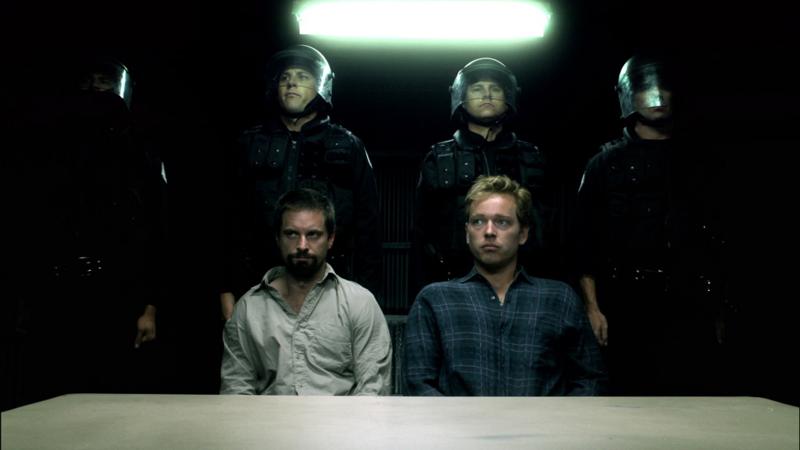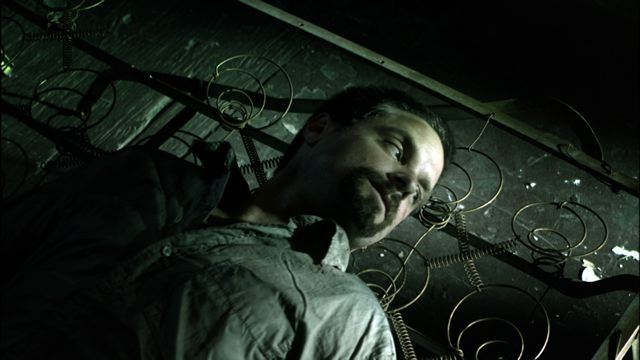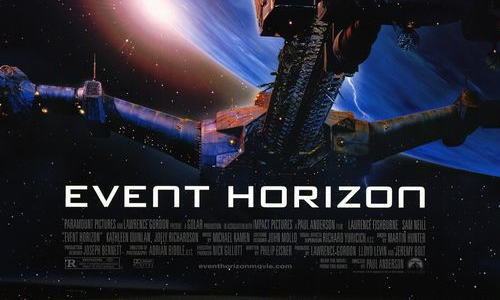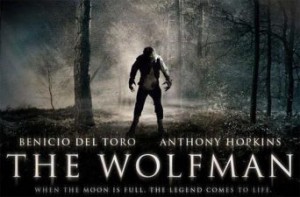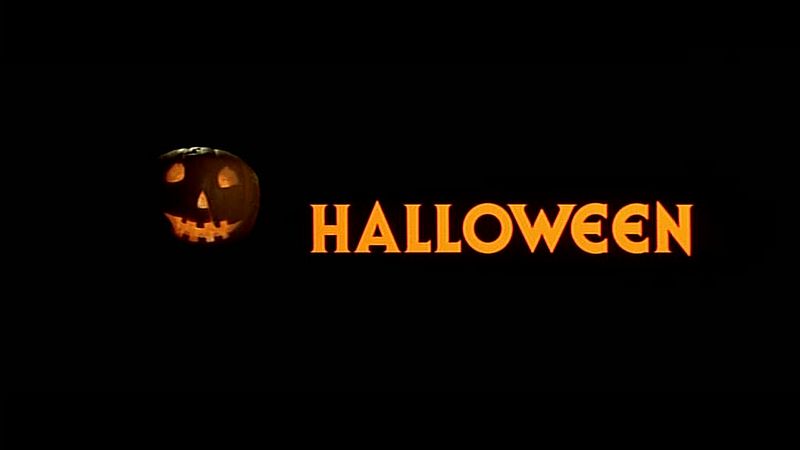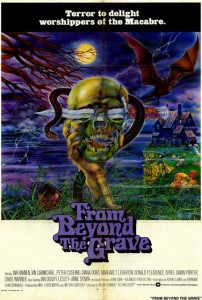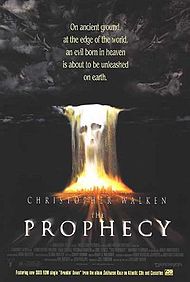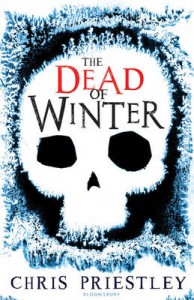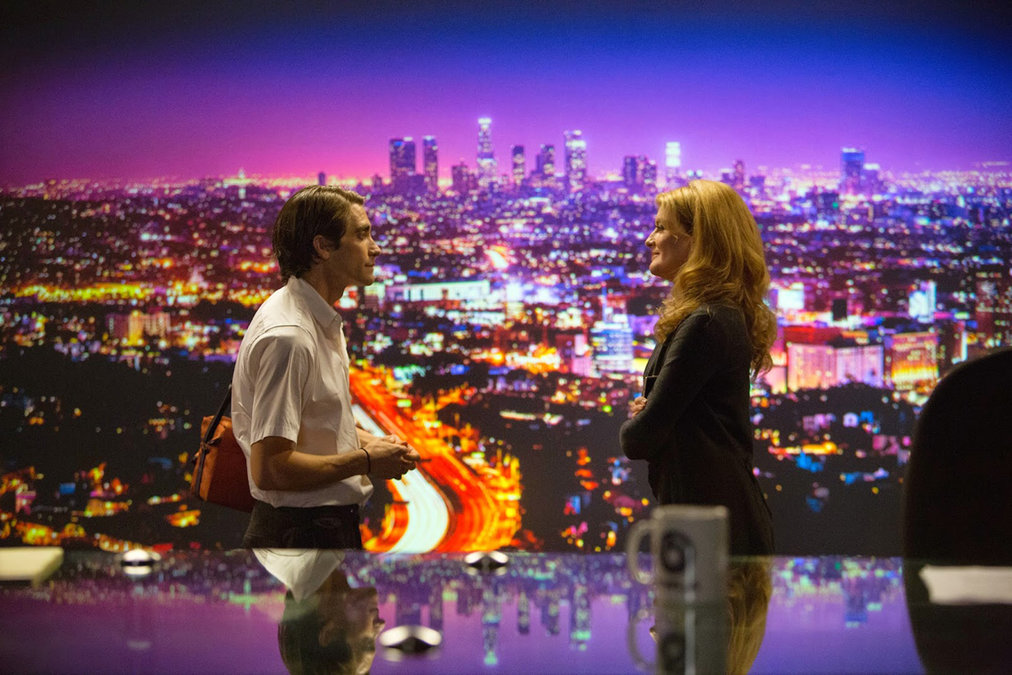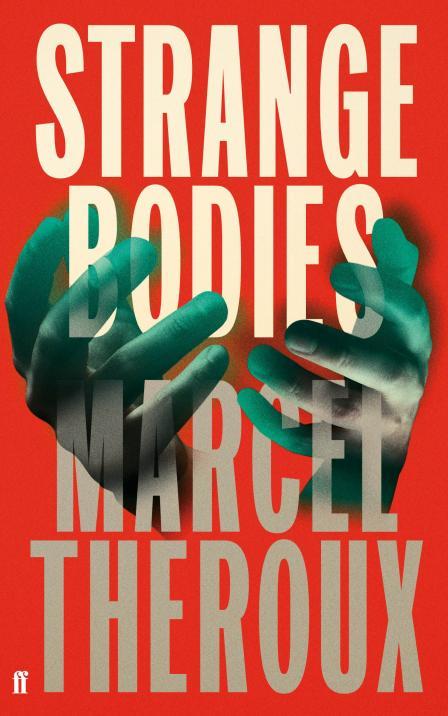
When I think back over my personal history with games consoles, a few memories stand out with particular vividness. There’s the utter joy I felt at receiving my first console – a NES – for Christmas when I was about 5 years old (that dates me); the atmospheric rush of discovering Doom via Playstation (sorry, PC purists) years later as a cynical teenager; and the triumphant return I’ve made to gaming in the last couple of years, immersing myself in the stunning storytelling experiences of titles like Skyrim, Bioshock Infinite and The Last of Us. But head and shoulders above all these stand the memories I’ve shared with others, because the experiences I’ve enjoyed the most over the last couple of decades have all been examples of what could be called ‘social gaming’ – that is, people playing video games together whilst in the same physical location. Going by a variety of names, from “local multiplayer” to “couch co-op”, this phenomenon seems almost quaint in an era of massive online multiplayer networks, but it’s nonetheless one which is close to the hearts of many gamers. I have so many fond recollections of hanging out with friends, eating snacks and listening to good music while we blasted through countless games of Halo, Tekken, FIFA and numerous other titles, and a cursory search for internet articles on the subject reveals that a great many people across the world share this affinity for gaming as a social experience. But is this affinity doomed to become simple nostalgia? Is local multiplayer (LM) becoming purely a thing of the past?
The slow death of LM has been a pervasive myth in gaming culture for some time now, as discussed in this 2011 editorial from Co-Optimus, a website deicated to LM titles. The piece makes several arguments against this myth, pointing to the increasing number of LM titles being released year-on-year (2007 to 2011), the indie developers stepping in to fill the LM void left by AAA titles eschewing the feature, and the lack of profitability involved in running networks like X-Box Live and PSN, which ensures fewer perverse incentives on the part of manufacturers who might otherwise desire an industry-wide shift to online-only multiplayer. More recently, an #egmr article from August this year also emphasises the point about more and more indie developers embracing LM, just as big-budget games makers seem to be dropping it left and right. While it’s tempting for the pessimistic observer to conclude that the prevalence of LM games may well have been a temporary blip in the history of gaming, possibly only coming about because multiplayer functionality was demanded in a pre-internet world, the points raised by these articles do give some hope to the LM fan. After all, ever since the days of Street Fighter 2 and Mario Kart, the LM experience has been a major part of console gaming culture, and certainly not a blip or aberration; the acute alarm expressed by the many gamers who fear its passing is evidence enough of how important it’s become in the last 25 years. What’s more, the very fact that the latest generation of consoles accommodate several local players (up to 4 on the PS4, 8 on the X-Box One) suggests that the major console developers see LM as very much part of gaming’s future, not just its past.

Mario Kart: a landmark title in the history of local multiplayer
So is the supposed decline of LM simply a myth based on selective anecdotal evidence? Perhaps not. You see, Co-Optimus’ figures don’t paint quite as rosy a picture for LM as that 2011 editorial claims, for while it’s true that a large number of LM-enabled games are still being released each year, this doesn’t account for proportionality. Between 2009 and 2011, the total number of console games released remained pretty much flat, as did the number of these that were LM titles. However, if we jump ahead to 2014, the total number of console games released for the year has crept up to around the 280 mark (an increase of 21% on 3 years ago), but the total number of LM titles released has remained flat. Relatively speaking, fewer LM games are being released now than there were a few years ago. And this isn’t the only worrying trend; while Dom at #egmr is correct in saying that indie developers are starting to fill the LM gap left by the creators of AAA titles, this isn’t truly a comparison of like with like, because AAA titles have disproportionate power as taste-makers within gaming culture.
If we ignore beat ’em ups and sports games (LM being their bread-and-butter), only 5 AAA titles (excluding Nintendo, see below) released this year were LM-enabled. Of these, 2 were re-releases (Halo: The Master Chief Collection and Diablo 3: Ultimate Evil Edition), leaving just 3 AAA console titles released in 2014 that supported LM, namely Ubisoft’s Child of Light, Borderlands: The Pre-sequel, and the latest Call of Duty installment. AAA titles are more widely purchased, receive more media coverage and attract more attention from games critics than their independently-produced counterparts (usually a lot more), so are hugely influential when it comes to shaping the future tastes and expectations of gamers as well as establishing the conventional boundaries of what games can do, what sort of experiences they can and should create for players. As LM becomes less and less of an AAA-level experience, it is de-normalised for all but the most discerning gamers, and the idea of social gaming begins to seem increasingly antiquated and obsolete in a world of massive online multiplayer networks. This is the reason that indie games cannot truly fill the gap left by AAA titles in the LM field, but why is this happening? Why do fewer and fewer AAA titles feature LM capability?

Ubisoft’s Child of Light: one of the very few AAA titles released in 2014 with local multiplayer capability
There is an issue of supply and demand here, insofar as it is unclear to what extent AAA titles follow the gaming market rather than lead it. The changing habits of gamers is certainly a major issue; many people feel like they no longer have the time to make an evening of gaming with friends by physically travelling to the same location as other players. That said, the impressive recent resurgence in the popularity of boardgames suggests that the inclination to game socially still persists, and it’s possible that the presence of sophisticated platforms for online multiplayer console gaming are affecting players’ attitudes here. Although Co-Optimus are right to say that running networks like X-Box Live and PSN is not an inexpensive undertaking by any means, Microsoft and Sony would not be doing so if they were incurring a monetary loss on the project. Therefore, the networks must make a profit via subscription sales (PS4 users now have to pay for a subscription to PS Plus if they want to play online multiplayer games across PSN), creating a perverse incentive for console developers (who wield tremendous influence within the industry) to encourage a gradual but steady shift towards online-only multiplayer functionality. What’s more, online multiplayer requires all the participants to have bought a copy of the game being played, an obvious financial incentive for the title’s developers to eschew LM capability (although the PS4’s new ‘Share Play‘ function mitigates against this somewhat).
A final factor is graphics standards. Many LM games use a split-screen effect to achieve co-operative gameplay, meaning that the console effectively has to render two separate versions of the game environment. The processing power required to do this with optimal graphics is beyond the capabilities of even the latest generation of consoles, so inevitably the frame rate drops and the game visuals suffer considerably (the LM function on the Halo anniversary editions on X-Boxes 360 & One has attracted numerous complaints for this very reason). While many gamers may not mind paying this somewhat superficial price if it means they get to play co-op with their mates, there exists within the gaming industry a powerful drive to create better, brighter and clearer graphics; we are very much living in the HD era, and achieving 1080p at an ever-more intricate level of graphical sophistication is the goal at which most AAA developers are aiming. The visual sacrifices demanded by LM thus make it a very unpopular form of gaming with such developers.
Is there a future for social gaming?
As fewer and fewer AAA titles are released with LM capability, it seems that the gradual, prolonged death of the form continues apace, driven by the changing attitudes of gamers and the vested interests of developers. But there are still reasons for LM fans to be hopeful that “couch co-op” will live on. Some AAA games (primarily beat ’em ups and sports titles) will likely always feature an LM aspect, and although indie developers cannot truly fill the gap left in LM gaming, recent titles such as Matt Thorson’s Towerfall: Ascension, Messhof’s Nidhogg and FLG’s Broforce show a promising future for indie LM games. Furthermore, AAA-level local multiplaying does seem to have a champion among the games industry’s big boys, namely Nintendo. In stark contrast to Microsoft and Sony’s consoles, the Wii U seems to be wholeheartedly embracing LM, with many of its AAA titles released in 2014, including Donkey Kong Tropical Freeze, Hyrule Warriors, Super Mario 3D World and the latest installments in the Super Smash Bros. and Mario Kart franchises all boasting LM capability. Between them, Nintendo and the indie developers may be forging a future for social gaming, and the market is there for it: back in August the inaugural Local Multiplayer Summit was held in Berlin (their Youtube channel features a number of presentations from the event), strongly suggesting that a significant number of gamers want to continue enjoying a range of LM console titles in the years to come. Gaming can be a truly social experience, acting counter to the often alienating effect of modern technology and providing a hugely fun experience to share with friends face-to-face. Long may it remain so.
A variety of articles on local multiplayer gaming can be found at www.localmultiplayer.com





